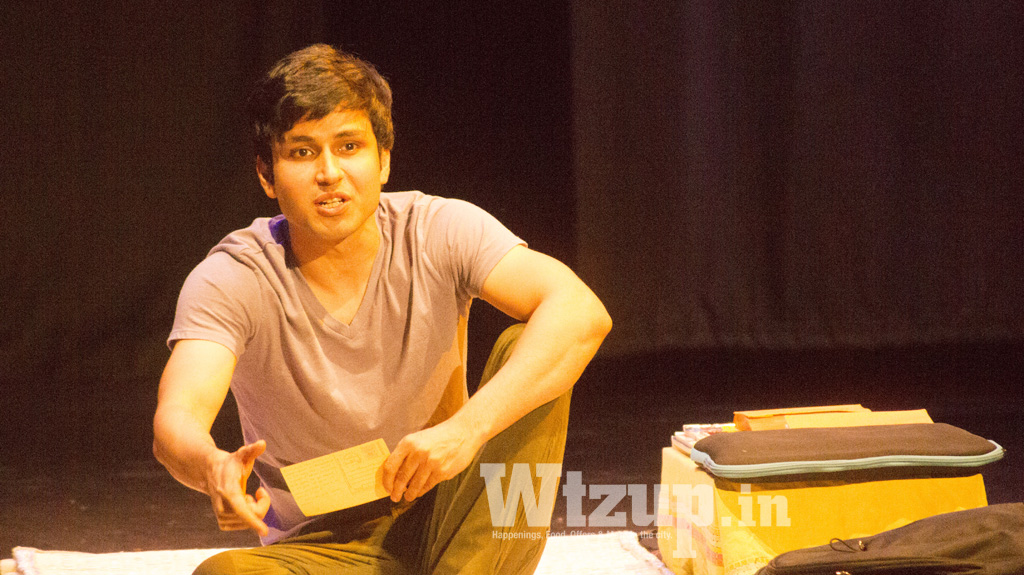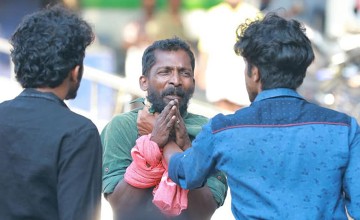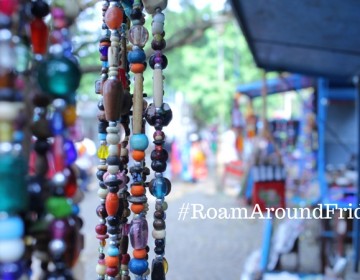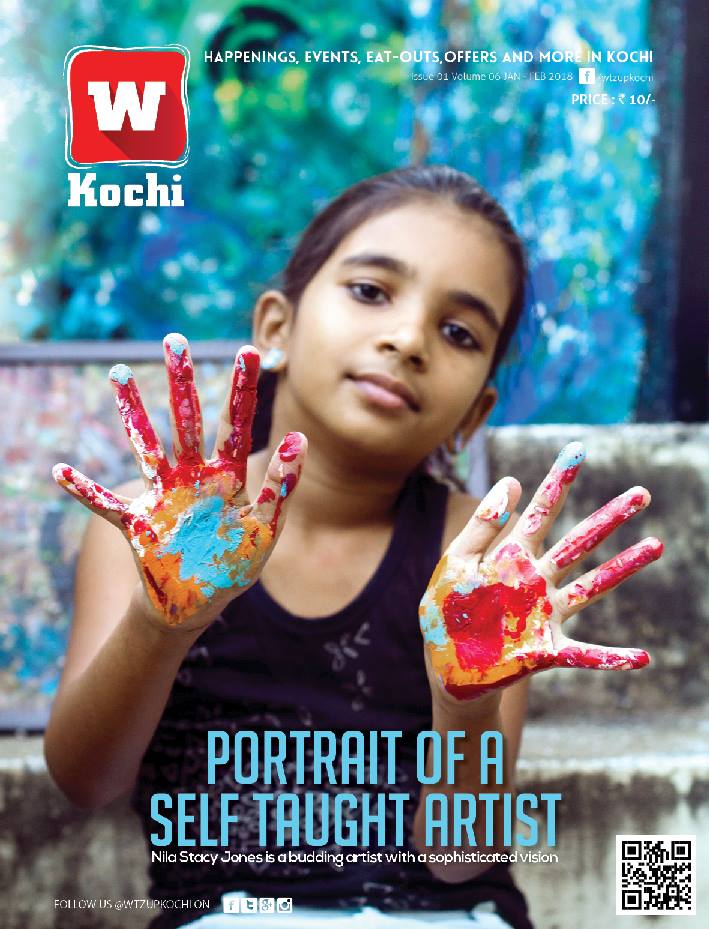Sardar, Postcards and a Backward March.
- 30 Mar 2015
- Maria John
- Features
They say the new administration has been giving us a great year. Though backed up by cynical pessimism, scores of people are optimistic that India will grow into a super power. So much so that the national budget session which actually is hyperbolic, looks like a profit graph. Two young men come on to the stage and break that delusion. With minimal settingson stage for the play (a table, chair, and few mats), these young men present a grave issue that India needs to address: the peasant crisis.
Mihir (Amol Parashar) is born during the cusp of economic and social transition in India. An India full of promises. We follow his story in the current post-liberalization India. He has seen the economic changes in which the Agrarian crisis becomes the cynosure. With the worst-ever recorded wave of about 296,438 farmer suicides since 1995 (official records) in the history of India catching Mihir’s attention, he takes cues from the historical Bardoli Satyagraha and draws inspiration from its hero, Sardar Vallabhbhai Patel. Mihir embarks on a perilous backward journey.
The play is well staged. Ithas a simple, minimal design. The props are just not functional but have a meaning in their presence and usage. The rolling of the mats to denote the completion of one phase in life is remarkable. The rolled mats as they stand together in rows make them silent witnesses to the development of the story. When asked about the minimal stage settings, Jaimini Pathak, the director and actor said, “I wanted to keep the stage simple. There was less scope for making itinto a multi-media projection, bringing in Sardar Vallabhai Patel footage and pictures of drought. The play moves back and forth in time. Therefore we couldn't get into realism. One table and chair is a suggestion of where I am sitting and recounting the story. The table at the back is where all the arguments happen and the little study room is a suggestion of Mihir’s room. You make each zone as a power zone. The center stage is rarely used but when it is used, it is as a meeting point. The human drama, the interaction between the father and son, how the story is being told through their lives is gripping and emotional. I did not want to divert from that. Once I decided what I did not want to do as a director, I focused on rehearsing and bringing in the emotional tone.â€
The play reveals each of those spine chilling facts related to farmer suicide sand the agrarian crisis. There are parts where Mihir, in a farce manner, talks of minimum wages which is enacted with solemnity and placed in a satirical perspective. In the final sequence the playwright juxtaposes the Bardoli Satyagraha with present day farmer suicides staged against the backdrop of the water scams that rocked Maharashtra. The play in the end calls for confrontation and catalysis instead of catharsis. “We had shows where we have audience whom we know. Our friends come to watch in Bombay. There have been times when my friends disappearedafter the show! We are glad that after the play, people are taking back home something.†remarks Amol Parashar when asked about the reception from the audience. We as a nation at the end of a tragedy want some kind of summation but Postcards from Bardoli does not give you that. This dark play only gives despair that leaves you to ponder and reflect.
Text and photos: Aabha Muralidharan

















